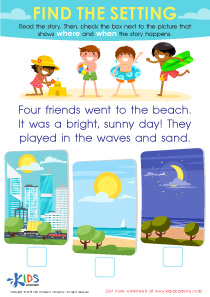Color recognition Easy Worksheets for Ages 6-8
37 filtered results
-
From - To
Discover our engaging "Color Recognition Easy Worksheets" designed specifically for children aged 6-8. These fun and interactive printable worksheets help young learners identify and differentiate colors through colorful illustrations and exciting activities. Tailored to enhance their observational skills and creative thinking, our worksheets include sorting, matching, and coloring tasks that make learning a joy. Perfect for parents and teachers alike, these resources support early childhood education at home and in the classroom. Foster a love for learning while building essential color recognition skills with our easy and enjoyable worksheets. Start your child's colorful journey today!
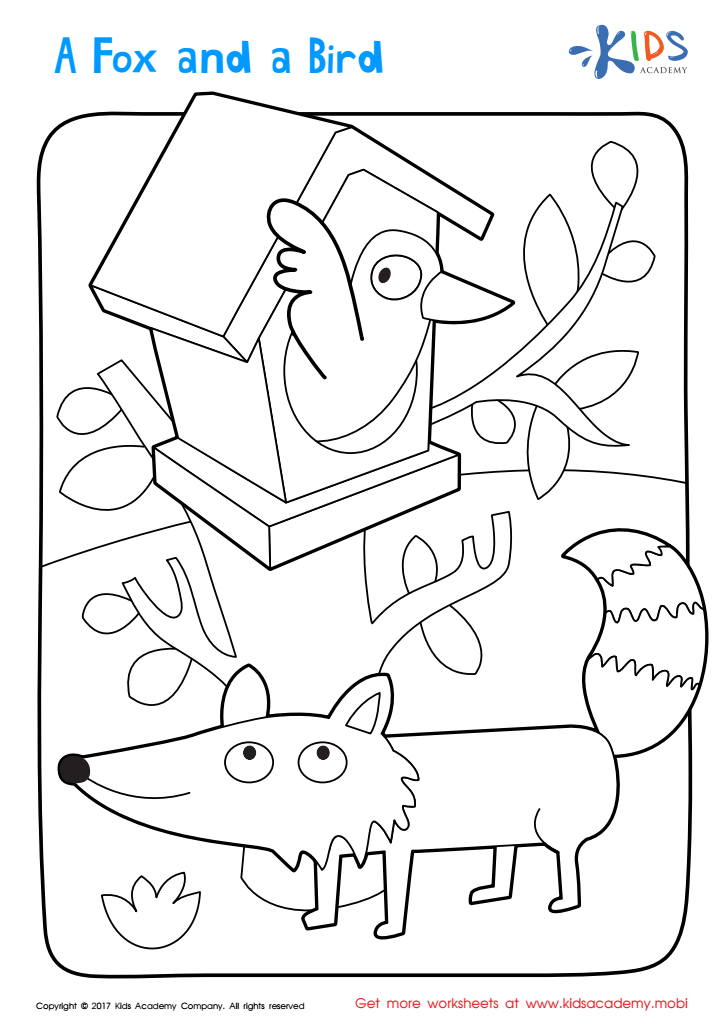

A Fox and Bird Coloring Page


Red and Blue Coloring Fun Worksheet
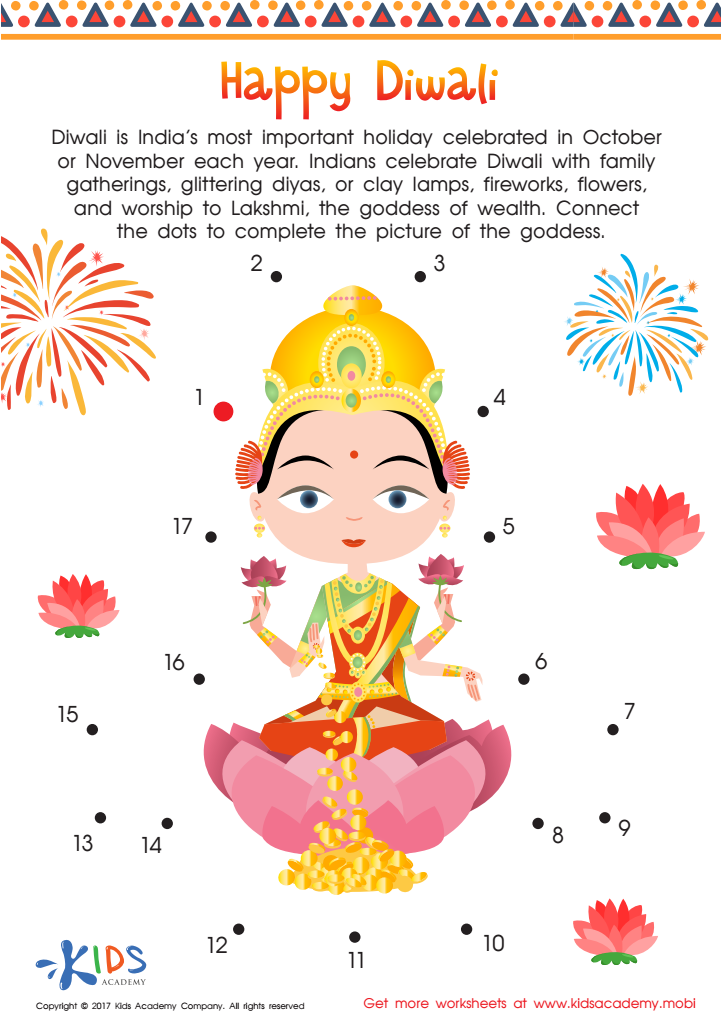

Happy Diwali Printable


Yellow and Green Coloring Fun Worksheet
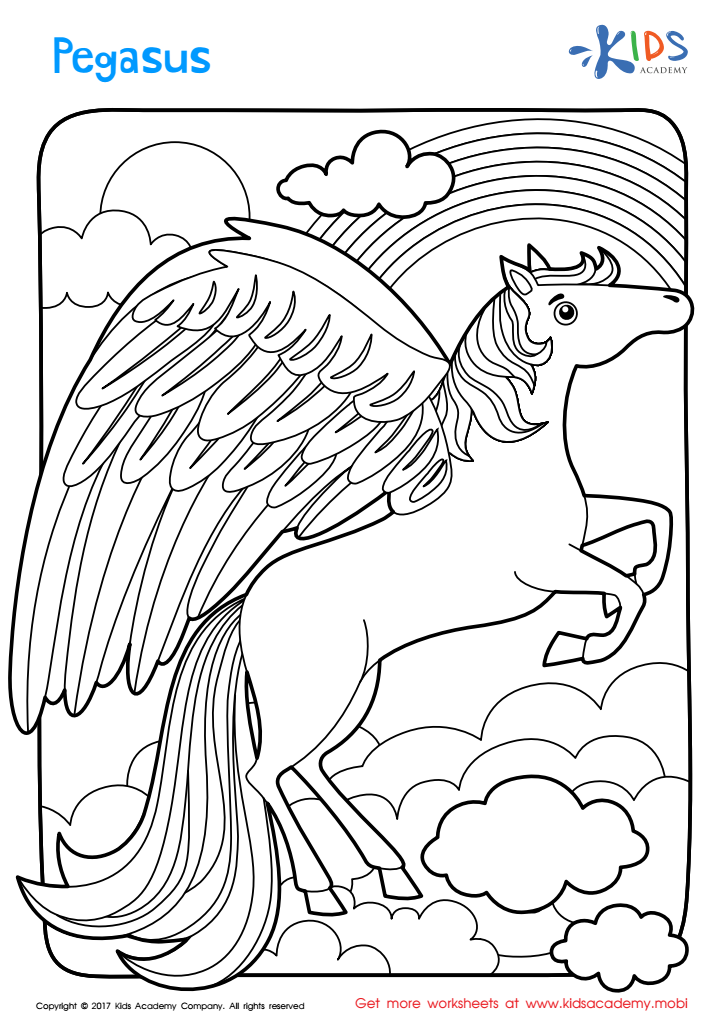

Pegasus Printable
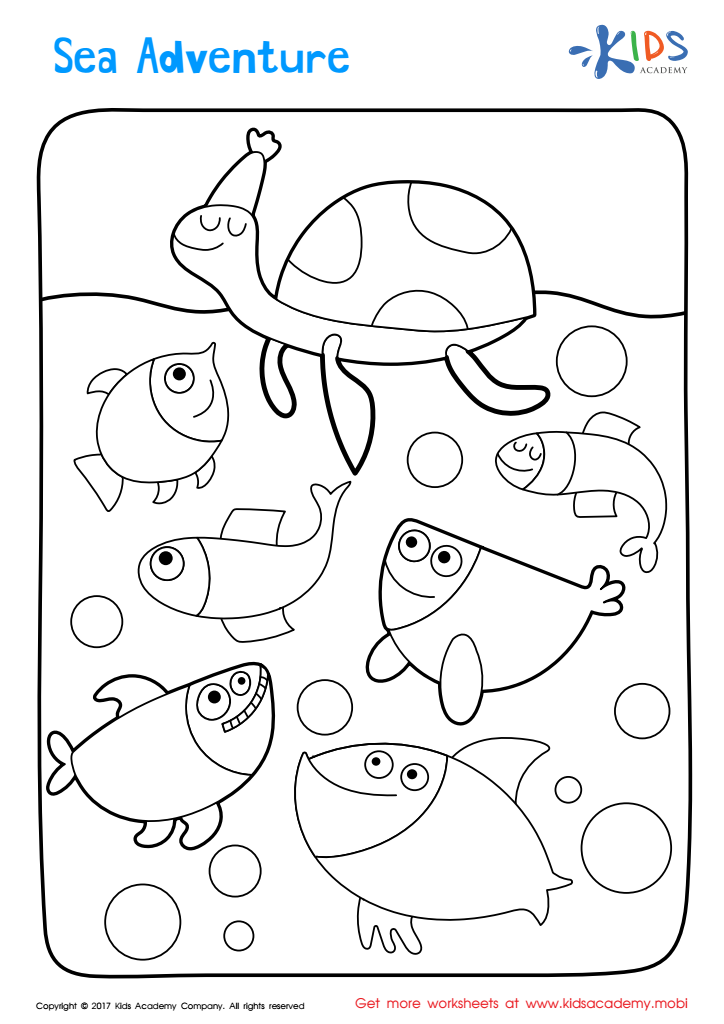

Sea Adventure Coloring Page
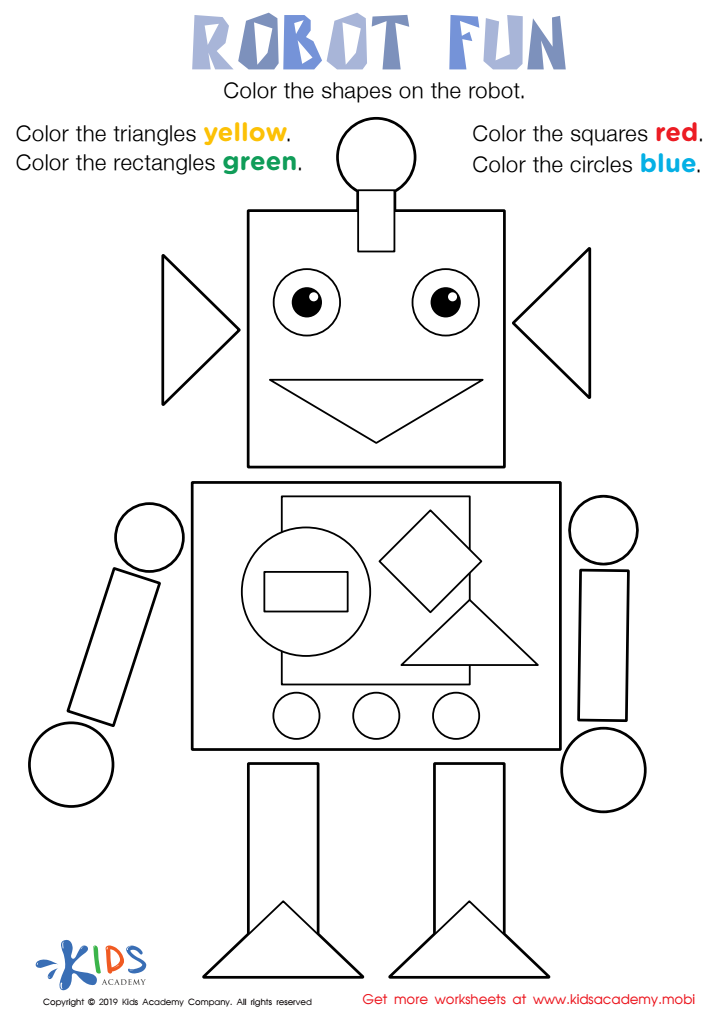

Robot Fun Worksheet


Little Blue Belle Worksheet
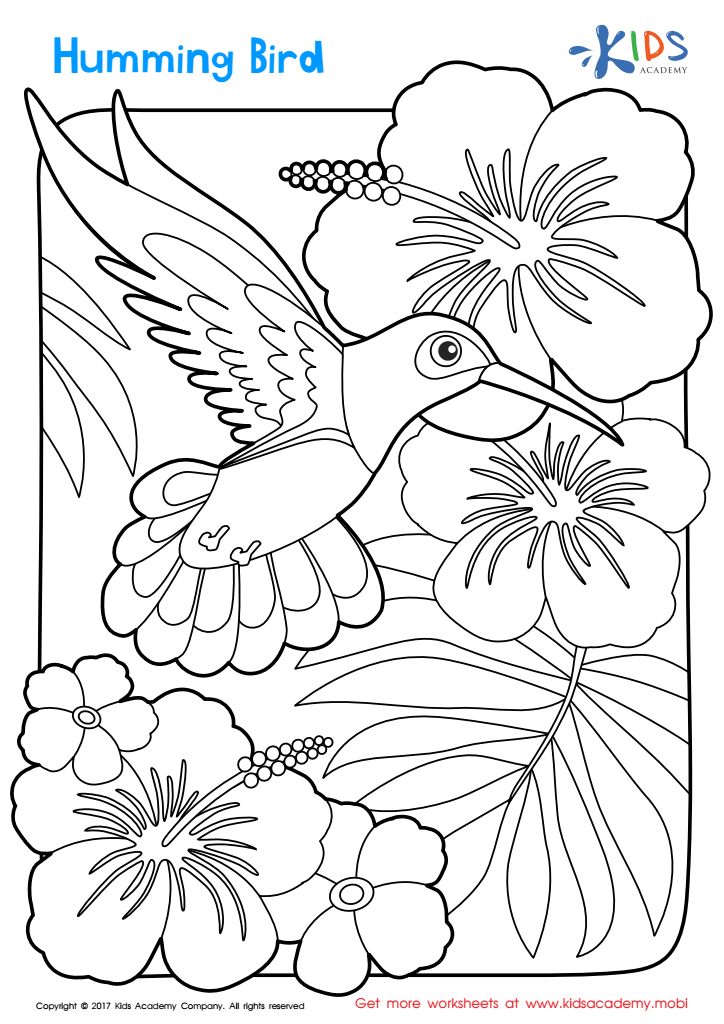

Humming Bird Worksheet


Fruity Array Quest Worksheet
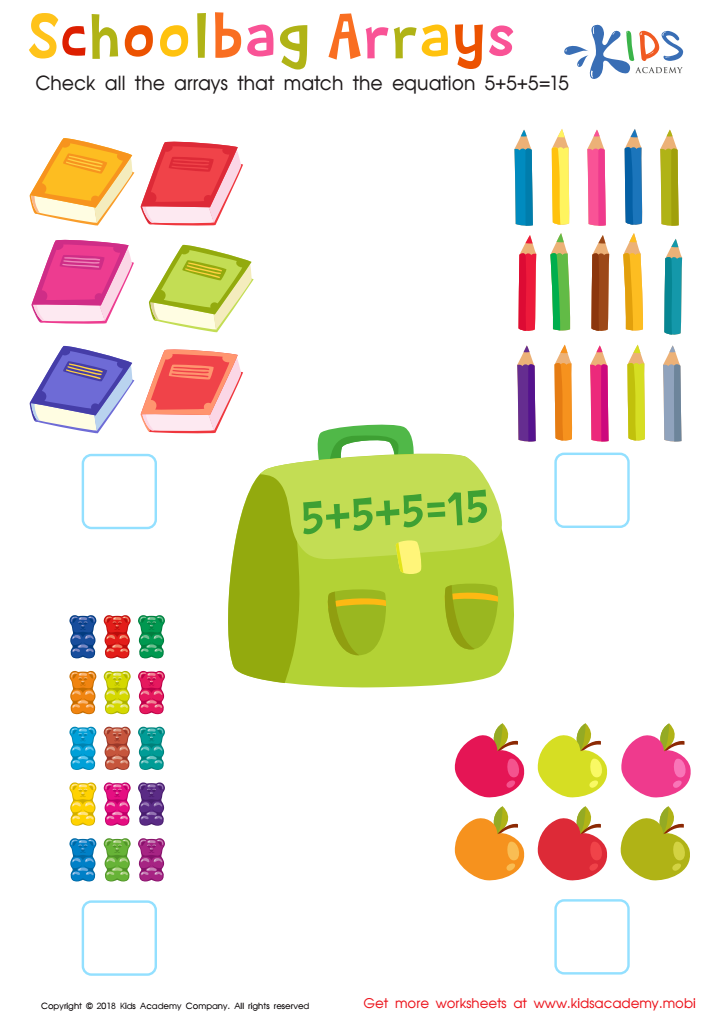

Schoolbag Arrays Worksheet


Baby Pandas Worksheet


Party Arrays Worksheet
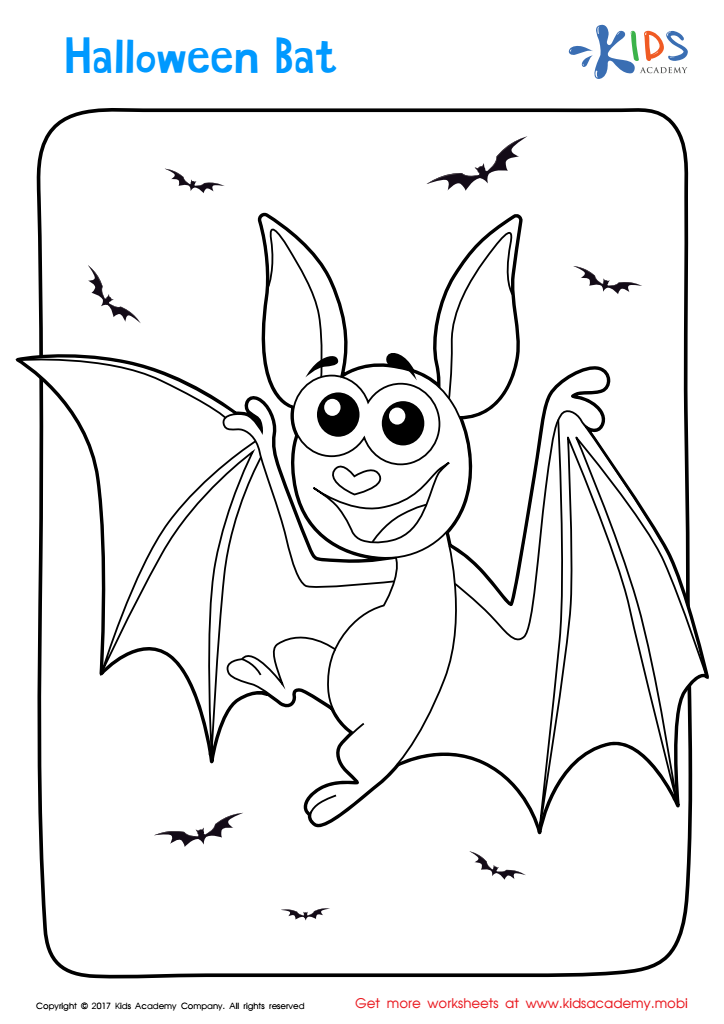

Halloween: A Bat Printable
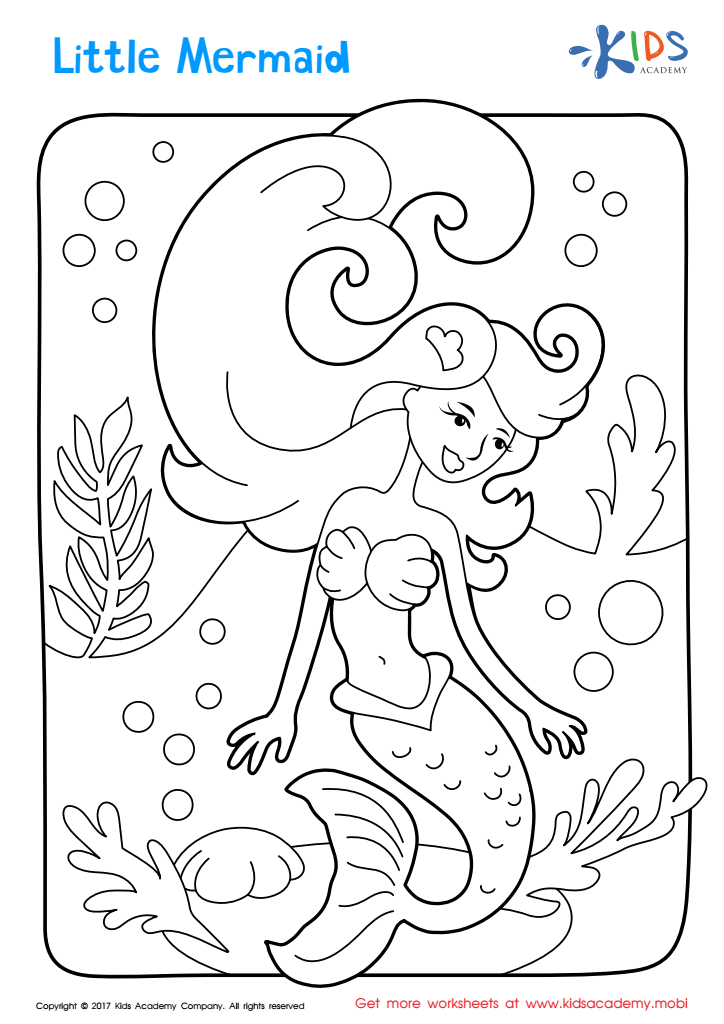

Little Mermaid Coloring Page


Purple and Orange Coloring Fun Worksheet
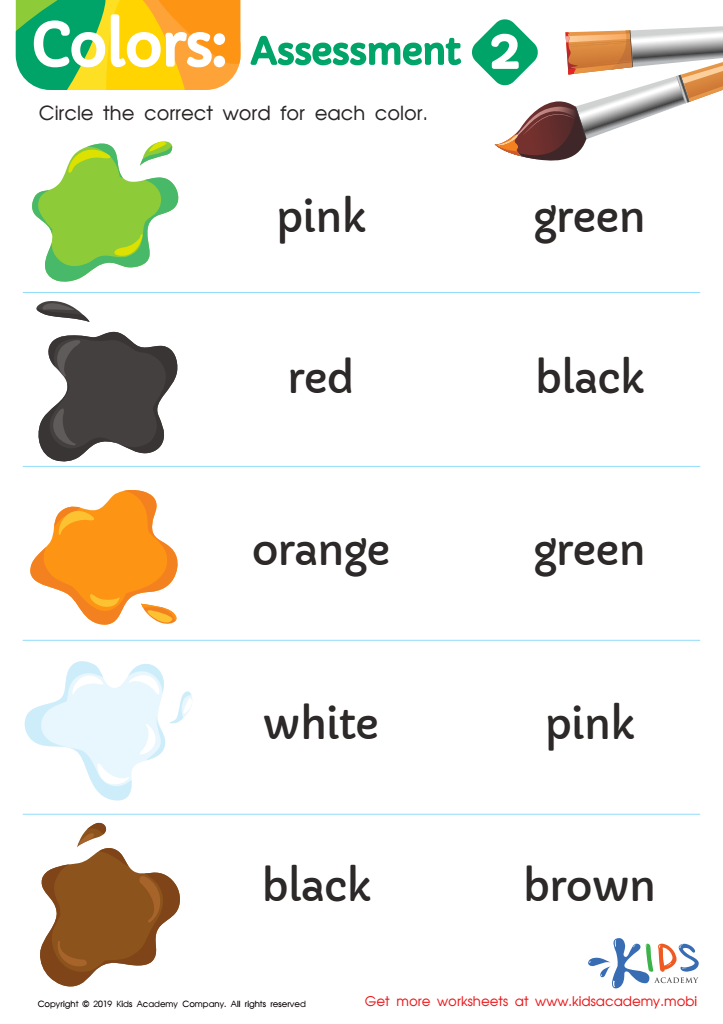

Colors: Assessment 2 Worksheet


Colors: Assessment 1 Worksheet
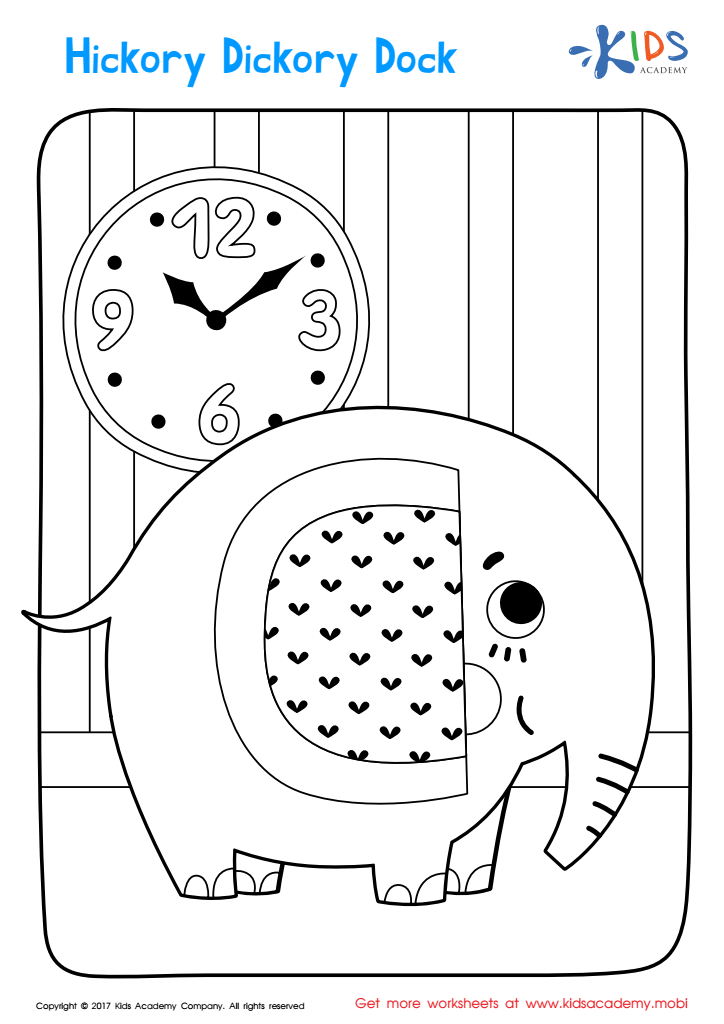

Hickory Dickory Dock Coloring Page
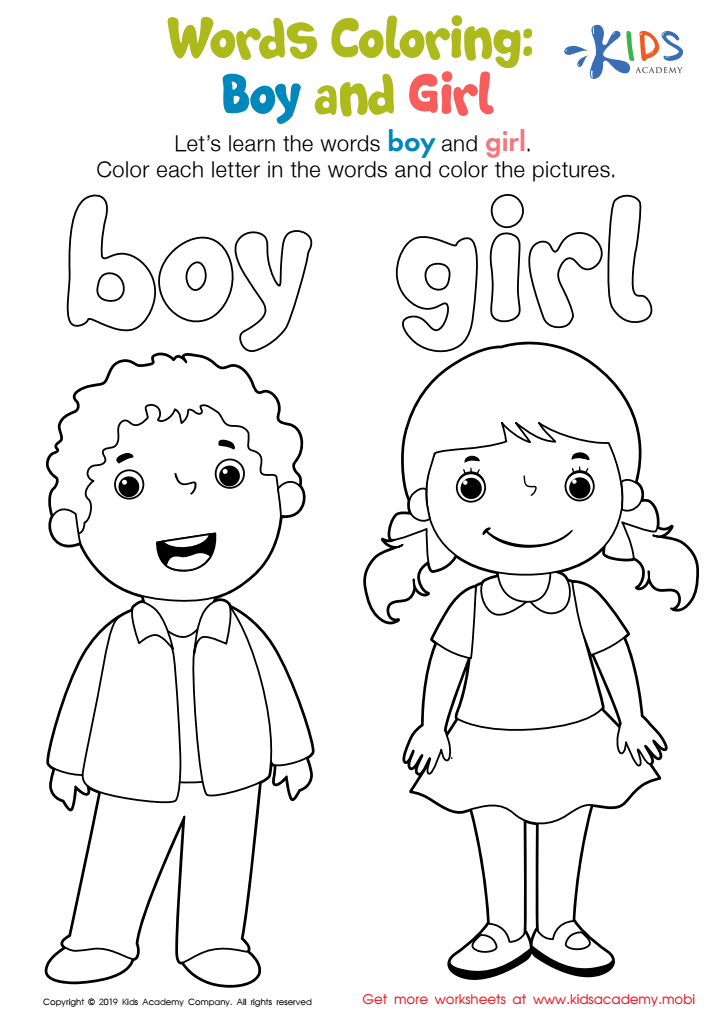

Boy and Girl Words Coloring Worksheet
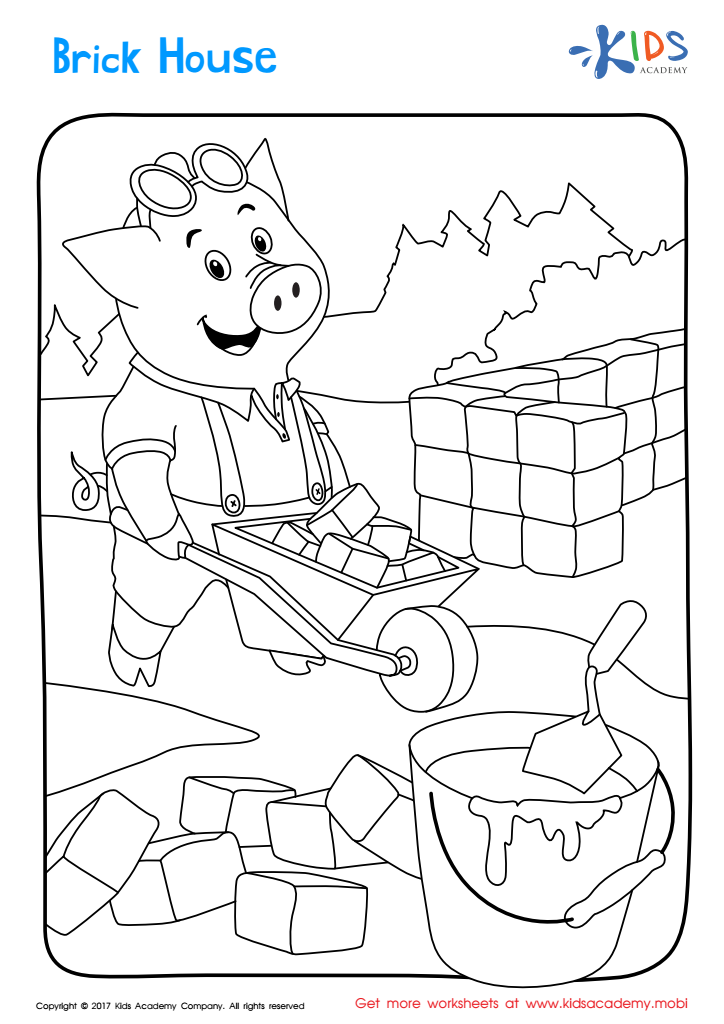

Brick House Printable Coloring Page
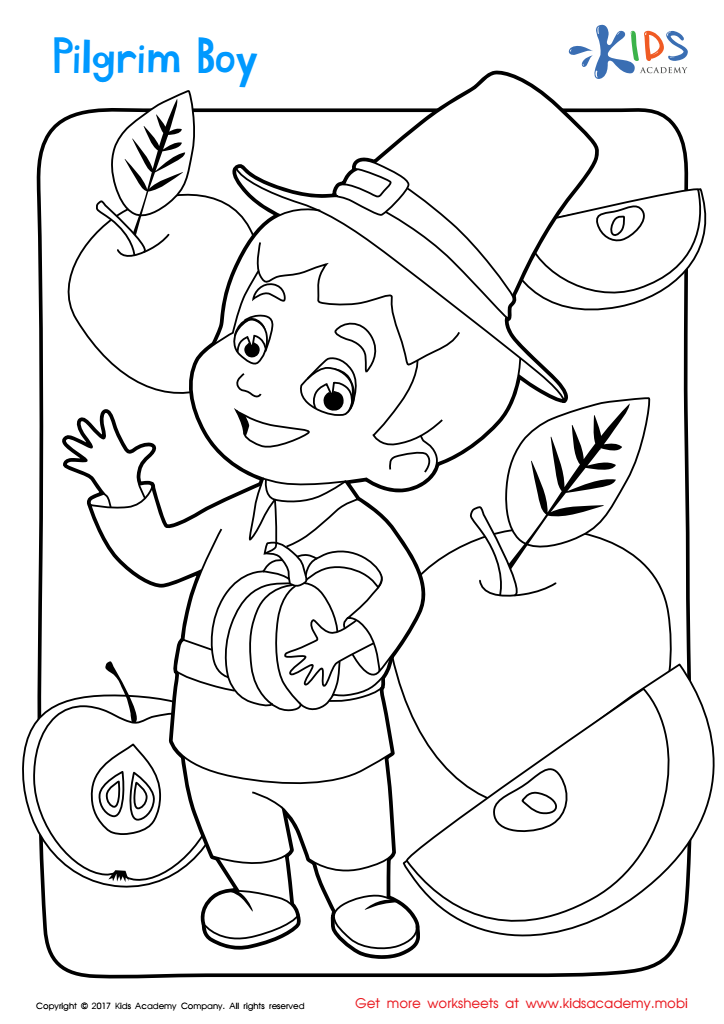

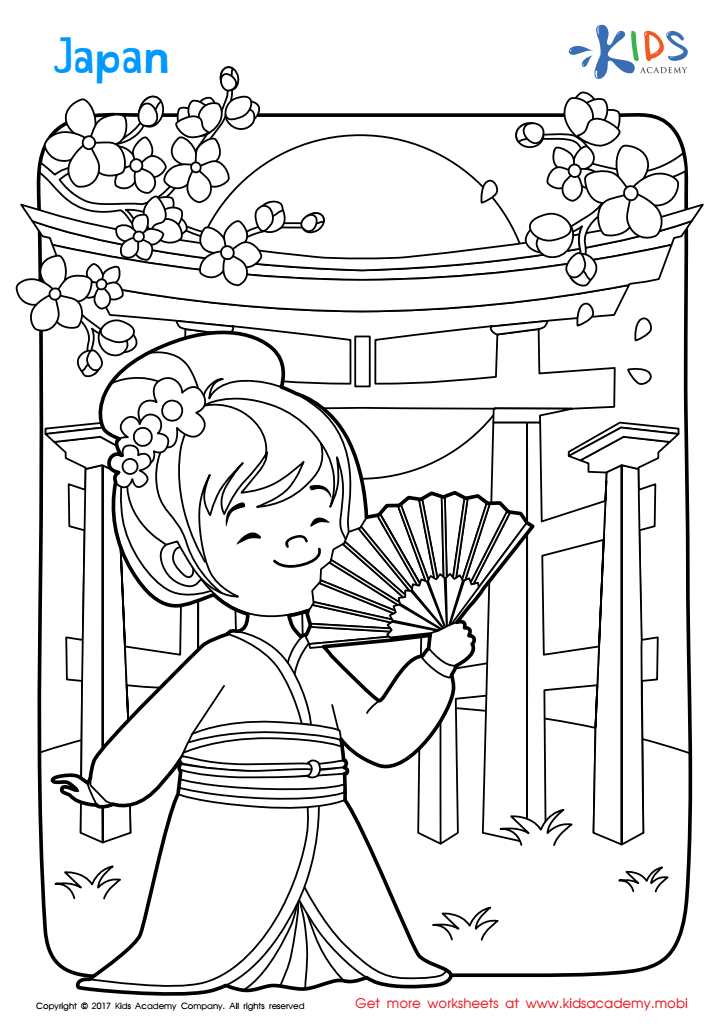

Japan Printable
Color recognition is a fundamental skill for children ages 6-8 that goes beyond simply identifying colors. Understanding colors can significantly impact a child's cognitive, social, and emotional development.
Firstly, color recognition fosters cognitive skills, as children learn to categorize and differentiate between objects. This skill enhances critical thinking and problem-solving abilities, as they begin to understand relationships and classifications in their environment.
Moreover, understanding colors supports language development. As children learn to describe and name colors, they expand their vocabulary and communication skills, which is essential for effective expression and comprehension.
Socially, recognizing colors equips children to engage in play and collaborative activities, enhancing teamwork and cooperation. For instance, through games that involve sorting or matching colored items, children learn to work together, communicate ideas, and share resources.
Emotionally, colors often evoke feelings and can be used to express emotions. Discussing colors helps children connect with their feelings and others' feelings, fostering empathy and emotional intelligence.
In summary, parents and teachers should prioritize color recognition not only for its foundational role in elementary education but also for its broader impacts on cognitive, social, and emotional development at this pivotal age.

 Assign to My Students
Assign to My Students

















